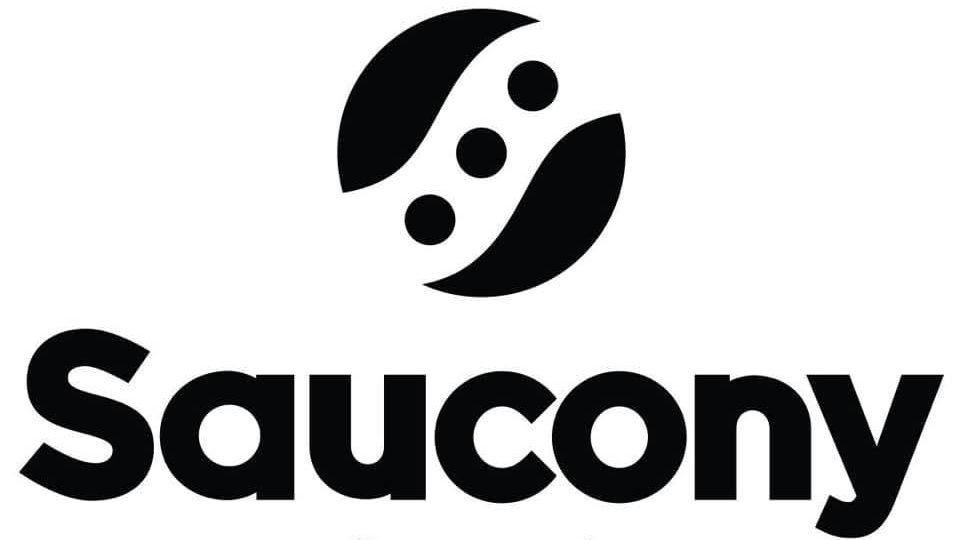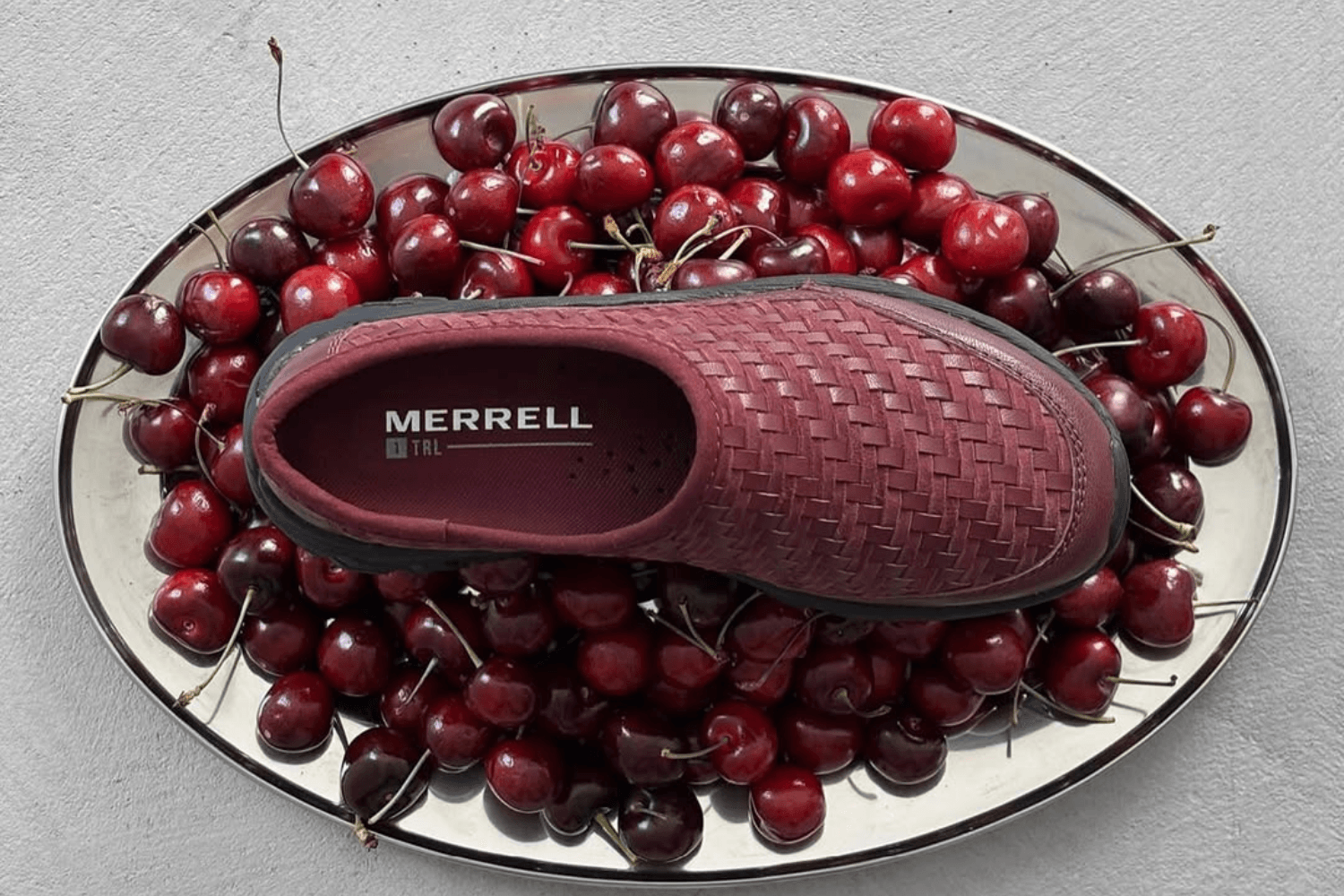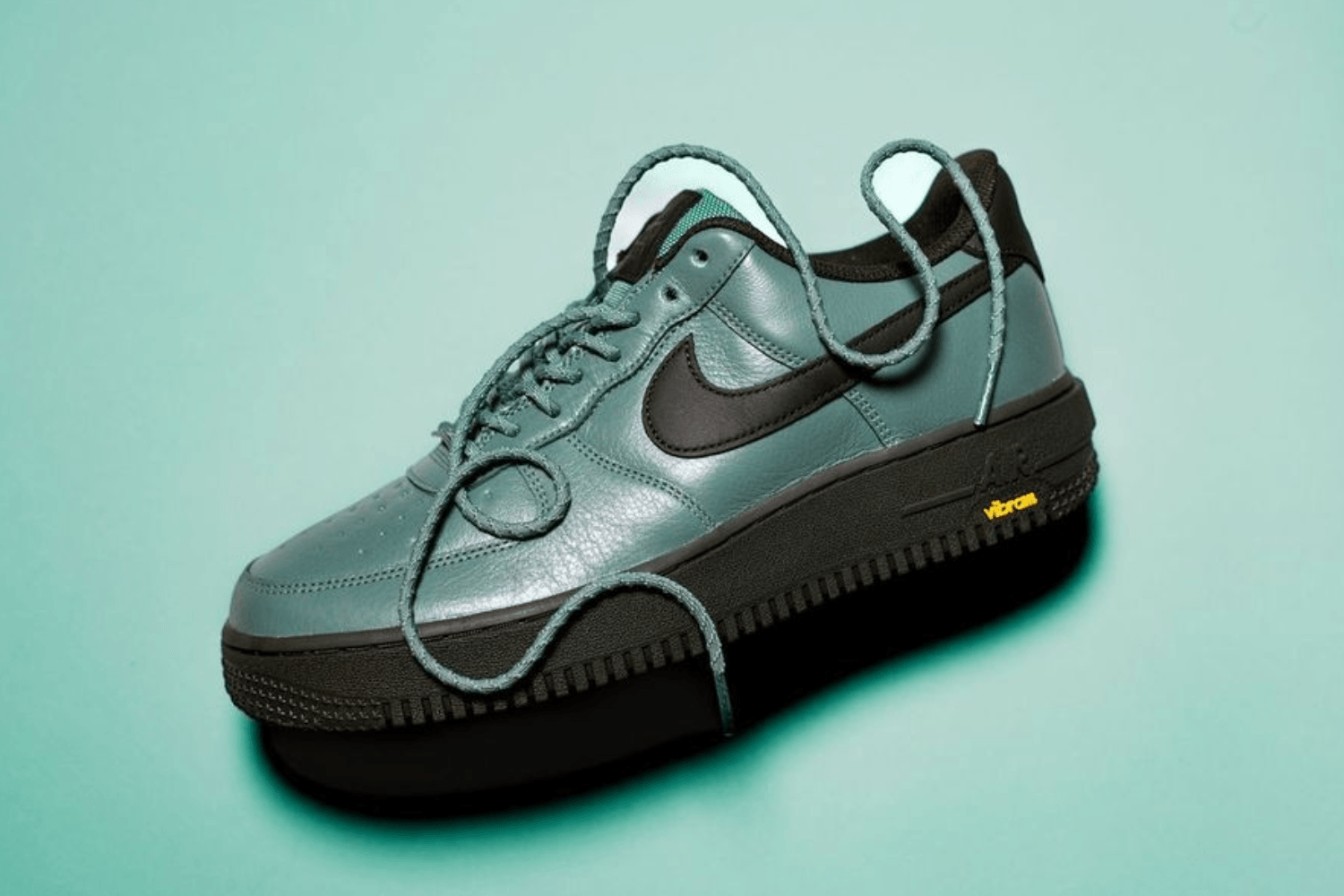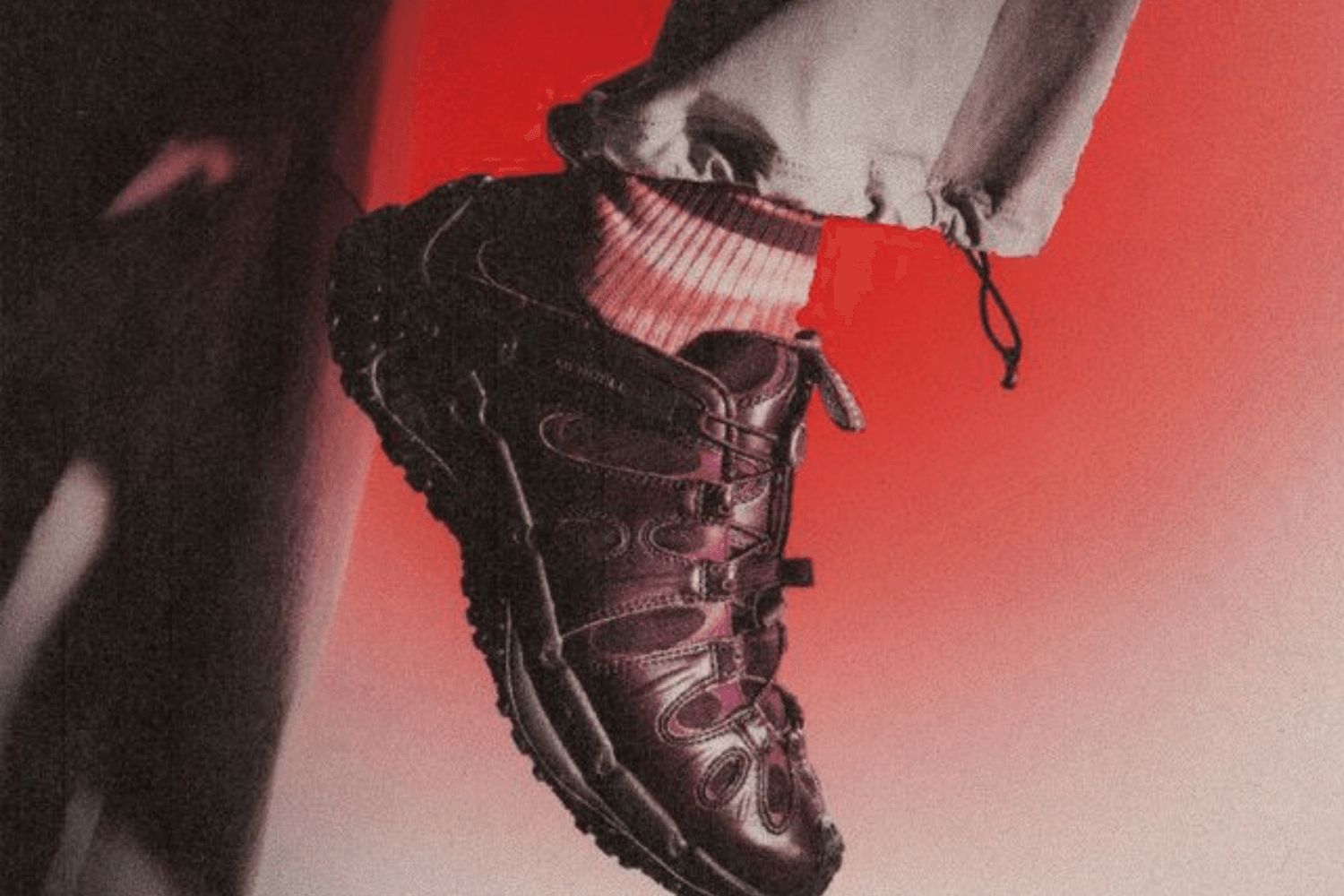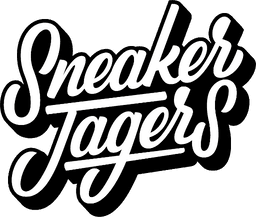The History of Saucony
Saucony (pronounced sock-a-knee) was founded all the way back in 1898 in Kutztown, Pennyslvania, by four businessmen: William A. Donmoyer, Thomas S. Levan, Walter C.C. Snyder and Benjamin F. Reider.
The company took its name from the nearby Saucony Creek, which is a Native American word meaning ‘where two rivers run together’. The brand’s original logo represented the flowing river, marked with three boulders, which now represent the foundations of the Saucony: excellence in performance, good health, and a strong community.
By 1910, the factory was producing around 800 pairs of shoes a day. In these early days, Saucony made simple athletic shoes, gaining recognition for their quality craftsmanship. In 1958, the brand introduced the 7446 Track Spike, with which it became a pioneer in the field of running.

In 1968, Saucony was acquired by Hyde Athletic Industries, a Massachusetts-based company that eventually adopted the Saucony name entirely. Shortly afterwards, the brand truly began to evolve when jogging became the trend during the 1970s running boom.
In 1977, Saucony was named one of the best running shoes on the market in Consumer Reports. This was a turning point that pushed the brand into the spotlight amongst serious runners.

By introducing models like the Jazz in 1981, and the Shadow series in 1988, Saucony managed to firmly establish itself in the performance running scene. The brand had a reputation for combining comfort, innovation and style, and these models also became beloved in the lifestyle and sneaker communities, bridging the gap between function and fashion.
In 1991, Saucony launched the revolutionary GRID (Ground Reaction Inertia Device) technology. Optimally positioned grooves in the sole provided targeted shock absorption. The weight on the sole was reduced, providing the foot with perfect support. It's still used in Saucony sneakers today!
Saucony continued to improve their products with high-performance technologies like PWRRUN foam, FORMFIT systems, and carbon-plating, and today, flagship models like the Endorphin series, Triumph and Ride still impress.

Saucony: Answering Your Questions
How do you pronounce Saucony?
When pronounced correctly, Saucony sounds like 'sock-a-knee'.
Where are Saucony shoes made?
Despite Saucony's headquarters being in Waltham, Massachusetts, most shoes are made in various locations worldwide. Saucony has production facilities in several countries, including China, Vietnam and Indonesia.
Who is the owner of Saucony?
Since 2012, Saucony has belonged to Michigan-based Wolverine World Wide, who also own brands such as Merrell and Hush Puppies.
Are Saucony good running shoes?
Saucony running shoes are made from high-quality materials and are known for their comfort, support and durability. This makes them an excellent choice as the favourite running shoe for seasoned runners and recreational joggers alike, as well as being suitable for casual everyday use.
How do Saucony Sneakers fit?
For the full guide on how different Saucony sneaker models fit, check out our Saucony Sizing Guide here!
Are Saucony shoes good for wide feet?
Many Saucony models come in multiple width options, including wide and extra wide. The Ride, Guide, Triumph and Endorphin Shift models are all known for their roomier toe box and accommodation for wider feet. In comparison, performance-oriented models like the Kinvara or Endorphin Pro have a narrower fit.
Do Saucony shoes have arch support?
Saucony is known for its reliable arch support. Due to its soft, responsive PWRRUN and PWRRUN+ foam cushioning, and 3D-contoured FORMFIT footbed and upper, the foot is supported when running and provides excellent stability. The Guide, Hurricane and Tempus especially are all models ideal for runners who overpronate and need structured arch support.
How do you tie Saucony sneakers?
For guidance on tying your Saucony laces, check out our Ultimate Sneakerjagers Lacing Guide!
How do I clean my Saucony sneakers?
A Saucony sneaker should be cleaned by hand. For the best results, remove the laces, then use a toothbrush to remove obvious dirt from the surface. Mix a mild detergent with some water and use a sponge or cloth to gently scrub harder stains, or for suede, use a suede brush (water can damage suede). Use a damp cloth to wipe off the residue, then let them air-dry.
For a smelly sneaker, you can sprinkle baking soda inside the shoe, then leave overnight. The powder will absorb moisture and neutralise the smell. Shake out the excess before wearing again. Alternatively, you can use silica gel or activated charcoal bags for the same results.
Laces can be cleaned with a mild detergent and rinsed afterwards, or you can put white laces in a 1:5 bleach and water solution for a few minutes and then rinse thoroughly with clean water.
In addition, we do not recommend putting your shoes in the washing machine. Sneakers made of leather and suede can come out damaged. With shoes made of canvas or cotton, the risk is less, but the chance of damaged sneakers remains. So we recommend always washing your sneakers by hand. If you do put them in the washing machine, then place the shoes in an old pillowcase beforehand.
Where can I buy Saucony?
Do you have your eye on this brand? With our sneaker search engine, you can browse Saucony at different retailers and at different prices. Our release calendar also keeps you up to date on Saucony restocks and new releases!

Notable Saucony Collaborations
Saucony x END.
One of the most legendary collaborations for the brand, UK retailer END. dropped the END. x Saucony Shadow 5000 ‘Burger’ in 2014, which was a playful yet high-quality tribute to the classic American cheeseburger.

Textured suede in tan, green lining, red accents and yellow details came together in a representation of the tasty treat, and the sneaker came packaged in a mock burger box. Due to its novelty, it came an instant hit with collectors.
The brands continued to work together on a few more projects, including the ‘White Noise’ Grid 9000 in 2017. ‘The Brain’ was released in 2021 on the Azura 2000 with a glow-in-the-dark outsole and fleshy colorway.

Saucony x Bodega
Sharing roots in New England, it made sense for Boston-based Bodega and Saucony to come together for a partnership. Releasing several collaborations over the years, one of their most influential projects was the Bodega x Saucony Elite Shadow 5000 that first released in 2010, and re-issued in 2016.
The Bodega x Saucony Shadow 6000 ‘Classifieds’, dropped in 2017, continued the partnership with a sneaker inspired by vintage newspaper ads. A vibrant mix of yellow and black suede, red mesh panels, white nylon accents and typography detailing made the the quirky design an instant hit.


Popular Saucony Models
Saucony Shadow
The Saucony Shadow, particularly the iconic Shadow 5000 released in the 1980s, offers excellent support and comfort for long-distance running with a combination of EVA cushioning and TPU heel counter. Its mesh and suede upper balances breathability and durability.
The Shadow 6000 builds on the 5000's foundation by incorporating more EVA cushioning for improved shock absorption.

Saucony Jazz
The Saucony Jazz, launched in 1981, was created in collaboration with biomechanics experts, and was engineered for smooth transitions and durable comfort.
Its Jazz Original Vintage line has since become a lifestyle staple, recognisable for its nylon-suede construction, triangular lug outsole, and lightweight design.

Saucony Endorphin
The Endorphin series marks Saucony’s leap into elite racing innovation. Comprised of the Endorphin Pro, Speed, and Shift, this line combines PWRRUNPB foam, Speedroll geometry, and (in the Pro) a carbon fiber plate to create a propulsive, efficient ride.
The Endorphin range is popular with marathoners and everyday runners alike.

Saucony Triumph
The Triumph, Saucony’s premium neutral cushioned sneaker, is built for long miles and plush landings. Known for its use of PWRRUN+ foam and FORMFIT uppers, the Triumph offers maximal comfort without feeling bulky.
It's perfect for neutral runners who prioritise softness and support on recovery days or distance sessions.

Saucony Hurricane
The Saucony Hurricane is a premium stability running shoe known for combining plush cushioning with structured support - ideal for overpronators and long-distance runners. It features PWRRUN+ foam and a TPU guidance frame for added stability.
Its breathable mesh upper with FORMFIT technology adapts to the foot for a secure, personalised fit.

Saucony Guide
The Saucony Guide is a stability shoe designed for runners who need light to moderate support without sacrificing comfort or responsiveness. The Guide features PWRRUN cushioning for a soft yet energetic feel underfoot, along with a guidance frame to help control overpronation.
The upper includes FORMFIT technology that adapts to the shape of the foot, ensuring a secure and breathable fit.

Saucony Ride
A staple in Saucony’s lineup since the early 2000s, the Ride is built for runners who want reliable cushioning without added stability features. Recent models, like the Ride 15 and 16, use PWRRUN foam in the midsole for a responsive yet cushioned feel, while a FORMFIT upper hugs the foot securely with breathable mesh.
Lightweight and durable, the Ride is ideal for daily training, offering a well-balanced blend of support, comfort, and flexibility.

Saucony Kinvara
The Kinvara debuted in 2009, delivering lightweight flexibility, a low drop, and natural movement. It's ideal for neutral runners who enjoy speed and ground feel.
The Kinvara is especially good for tempo days and shorter runs, with newer editions subtly boosting cushioning while retaining its iconic ride.

For more FAQs on your favourite sneaker brands and models, visit the Sneaker FAQ page.

